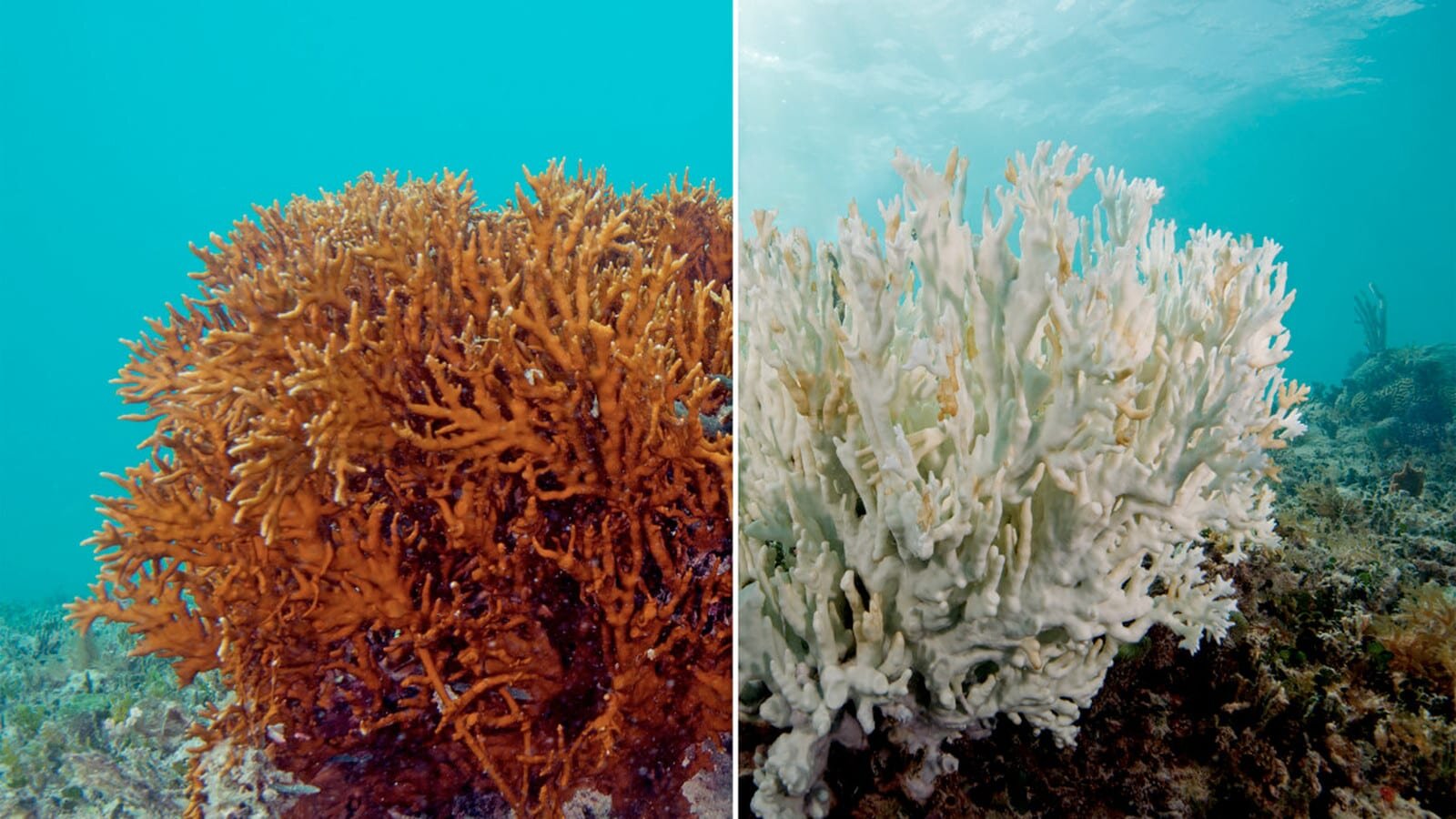Why Ocean Acidification is One of The Most Pressing Climate Issues Right Now - And What We Can Do About It!
What is Ocean Acidification?
Ocean acidification is defined as the progressive decrease in ocean pH that has occurred over time as a result of increased CO2 (carbon dioxide) emissions. To understand ocean acidification, it is critical to understand the carbon cycle. The carbon cycle is the vehicle in which carbon moves between reservoirs by specific processes such as combustion (burning!) and ocean absorption. The ocean is a key reservoir in this process. The National Oceanic and Atmospheric Association (NOAA) estimates that 25% of the carbon dioxide present in the atmosphere is ultimately absorbed by the sea. To the uninitiated, less carbon dioxide in the air may seem like a positive outcome. As you may already know, elevated levels of atmospheric CO2 contribute to the greenhouse gas effect (heat emitted by the Earth is trapped under a layer of greenhouse gases including CO2, methane and water vapor). However, the consequences of mass oceanic CO2 absorption are dire.
The Science
A basic understanding of chemistry is essential to understand the interdisciplinary consequences of ocean acidification. The pH (potential hydrogen) scale is an indicator of the amount of free-floating hydrogen ions in a solution. The scale ranges from 0-14, with 7 being neutral. The lower the number, the more hydrogen ions, and the more acidic the solution is. The higher the number, the lower the hydrogen ion concentration, and the more alkaline, or basic, the solution is. (A solution is a mixture that consists of a solute such as salt dissolved in a solvent, such as water. Ocean water is a solution).
Typically, water is neither acidic nor alkaline. However, this changes when carbon dioxide is introduced. When CO2 enters salt water (H2O), the two molecules combine to form a weak acid called carbonic acid (H2CO3). Since the chemical bonds that hold this molecule together are not very strong, the substance dissociates into positively-charged hydrogen ions (H+) and negatively charged bicarbonate ions (CO3-). (note: ions are atoms or molecules that have a charge as a result of losing or gaining electrons. Gaining electrons results in a negative ion; the loss of electrons results in a positive ion). This is why the water becomes more acidic; remember, more free-floating hydrogen ions means a lower pH.
Why is This a Problem?
In the past 200 years since the industrial revolution, the pH of the ocean has decreased by 0.1 units. This might not sound like a lot, but it actually corresponds to a 30% increase in acidity. Ocean acidification is incredibly harmful for many types of marine life. Organisms such as oysters and corals depend on calcium carbonate (CaCO3) to build and maintain their shells. However, when the pH of ocean water decreases, more of the available carbonate bonds bond to hydrogen ions, leaving less available for the shell production and growth. If the pH decreases enough, pre-existing shells begin to dissolve, which can be fatal for the organisms. Researchers placed pteropods (a variety of krill) into a solution with the predicted pH of the ocean in the year 2100 and observed complete shell dissolution within 45 days. These small organisms are a vital part of the marine food web, and a reduction in their population size could spell disaster for the predators that consume them, including many types of whale species. Increased acidity is also harmful for organisms that do not produce shells. For instance, studies have indicated that clownfish have a reduced ability to locate predators in more acidic waters, disrupting the entire food web. If carbon emissions continue as usual, in the next 100 years the pH of the ocean will reach 7.8, the lowest it has been in the past 14-17 million years. The last time the sea was this acidic, a major extinction event was occurring. Ocean acidification doesn’t only destroy the environment; it also carries substantial economic consequences. Billions of people around the world depend on the seafood industry for their livelihoods. The safety of many industries depends on the health of the ocean. The scariest part of ocean acidification is the fact that it is accelerating so quickly that scientists are often unable to predict the cascading effects that it will have on marine food webs and ecosystems.
What Is Being Done? What Can YOU Do?
Since ocean acidification is caused by increased CO2 emissions, any efforts being made to reduce climate change will ameliorate the situation. If there’s any hope of saving our oceans we need government outreach, industry coordination, and public education. ClimateNOW is committed to educating students about climate change and what it means for the world, and we can harness this outreach as an opportunity to educate young people about ocean acidification specific issues. In order for real, meaningful change to occur, the people that will be most affected by ocean acidification and those around them must first understand how dire the situation is. We need comprehensive policies, such as the Green New Deal, that outline plans to reduce CO2 emissions and encourage action on an international scale. Marine researchers are using their years of experience to investigate possible solutions, including increasing seaweed growth so that increased photosynthesis lowers the amount of carbon dioxide present in the ocean. You may be asking, “yes, wide scale policy changes are important, but what can I do as an individual to help the situation?” First, you can lead education efforts in your community. Join ClimateNOW as a speaker, produce educational materials, create a campaign at your school, make it fun! Second, you can join climate strikes to encourage policy makers to make reforms. Next, take action! Reduce your carbon footprint. Eat less meat, travel by bike instead of car, conserve energy, take shorter showers, reduce, reuse, recycle! The smallest actions completed by individuals have the power to create lasting change when continually repeated on a large scale.
““Just as ripples spread out when a single pebble is dropped into water, the actions of individuals can have far-reaching effects.” ~ Dalai Lama.”




